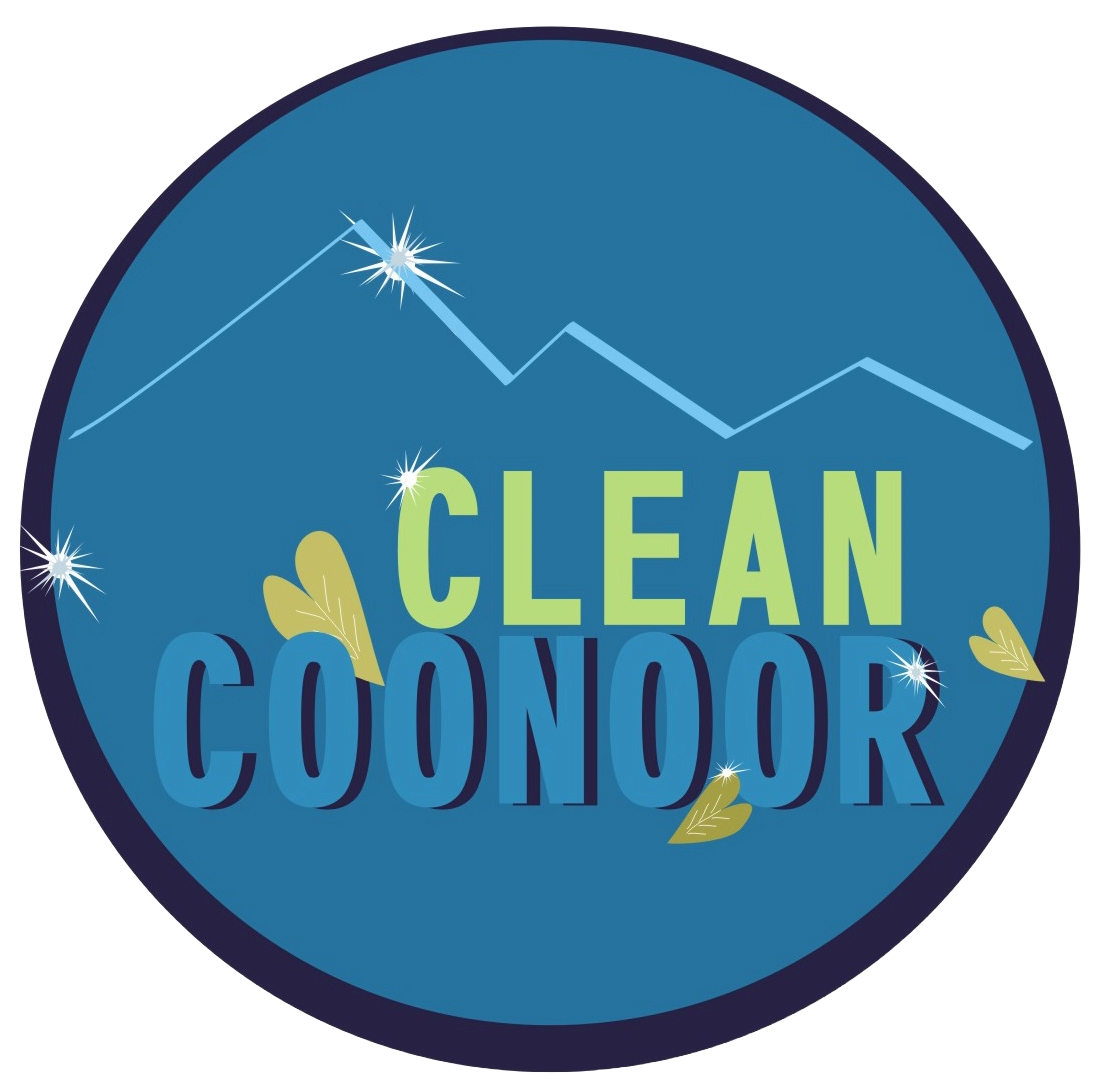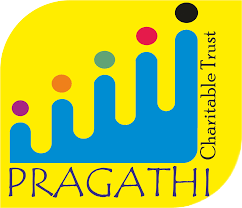Data is the sword of the 21st century, those who wield it well, the Samurai.
– Jonathan Rosenberg.
We owe our success in the field of waste management to our data driven approach. The approach has helped us in accurate decision-making, development of more agile strategies, and enabled a more comprehensive overview of the enterprise in real time due to the incorporation of key performance indicators (KPIs) and measurement programs with metrics.
The reality is that in today’s data-driven world, numbers are important no matter where you work.
Daily Synopsis
Dry Waste Delivery, Quantification on Handling & Key Performance Indicators (KPIs)
The chief KPIs which monitor the dry component of the solid waste management programme are as follows-
- The quantum of waste collected and transported by the local body to the waste management facility as against the projected daily generation. The estimated generation for the town’s population is 5600 kgs per day which works out to 2,044,000 kgs for the year.
- The next important parameter is the percentage of waste handled out of the quantity delivered. The normative is above 90% with an allowance being given for moisture content of the material, weighment errors, etc.
- Recovery rate as well plays an important part in monitoring as a higher recovery, projects higher efficiency and a lower carbon footprint. The norm has been fixed as above 40% taking into consideration market forces that are in play. Recovery rate reflects not only salvage of commodities which are subjected to recycling processes, but as also includes material which can be composted – moist or soiled paper, organic impurities and such, being a few examples. Articles that are not deemed fit for recovery are disposed off as per Pollution Control Board norms, either through soil amelioration, or by High Temperature Closed Burning
Dry Waste Deliveries
Dry Waste Quantification
Wet Waste Delivery, Quantification & Key Performance Indicators (KPIs)
The KPIs which monitor wet waste collection and composting are listed below-
- As with dry waste, the quantum of waste collected and transported for composting, as against the projected daily generation, is of prime importance. The estimated generation for wet waste is double that of the dry element, 11,200 kgs a day, or 4,088,000 kgs for the year. Taking into consideration the moist climatic conditions, between 20-25% of the processed input composts over a period of 35-60 days before being ready for use as fertiliser.
- Next comes the sieving and bagging of the matured compost, an ideal would be something >90%, but a few confounding variables have a say, power outages and absenteeism being common examples.
- Although the sale of compost is highly seasonal it is wiser not to overstock, the chief reasons being spillage and spoilage. The ideal shelf life would be around a month, and the desired despatch rate should be around 90%, either through sale or free issue.
Wet Waste Deliveries
Wet Waste Quantification
Monitoring Dry Waste Handling and Disposal
Summary since Inception
Total Waste Delivered in tons since Nov 2019
Total Waste Processed in tons since Nov 2019
Monitoring Current Year’s KPIs cf. Previous Year’s Average
Daily Value
Current Monthly Average
Current Yearly Average
Yearly Trends
Monitoring Wet Waste Handling and Disposal
Summary since Inception
Total Waste Delivered in tons since May 2022
Total Waste Processed in tons since Jun 2022
Monitoring Current Year’s KPIs cf. Previous Year’s Average
Daily Value
Current Monthly Average
Current Yearly Average
Yearly Trends
Monitoring the Carbon Footprint & the CO2-eq Savings
The only viable alternatives for running a Resource Recovery Centre for handling dry waste and a Composting Unit for the wet component are incineration of the former and landfill of the latter. The solutions may sound to be cost-effective but leave a much higher Carbon Footprint.
Our activities have roughly on a monthly average, saved about 71 tonnes equivalent of CO2 emissions on the dry waste front, and yet another 15 on the wet.
The savings for dry waste are measured against the projected emission of .0012 kg of CO2 eq for each kg incinerated. As for wet waste the reduction is based on the release of 0.27 kg CO2 eq for each kg composted as against the 0.35 when the same is landfilled.
The Variables
As far as Solid Waste Management is concerned KPIs are affected chiefly by Intervening and Confounding Variables.
The first is set to explain a cause or connection between other study variables.
Confounders on the other hand are extra variables that the researcher did not account for that can disguise another variable’s effects and show false correlations. A simple example is that of the re-sorting process which is totally independent of baling operations – but a breakdown of the concerned machinery will cause an apparent lowering of the sorting rate for the quantum re-sorted cannot be determined as only baled material can be conveniently weighed.
The viewer is requested to refer to the tables listing out the both the intervenors and confounders, before arriving at a decision as to whether the outcome is real or spurious.











